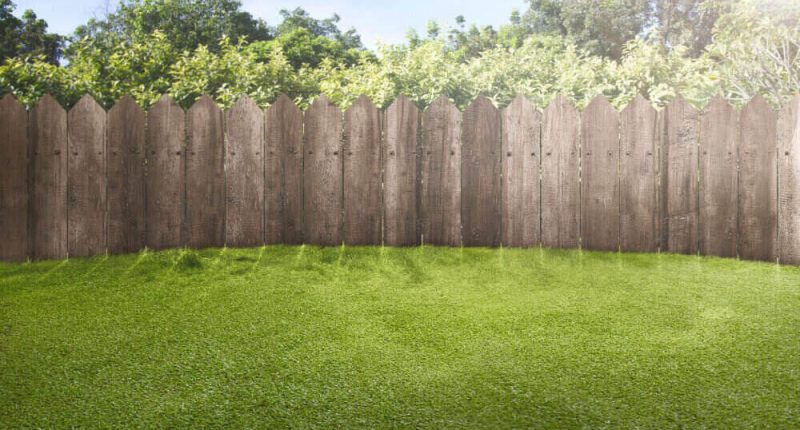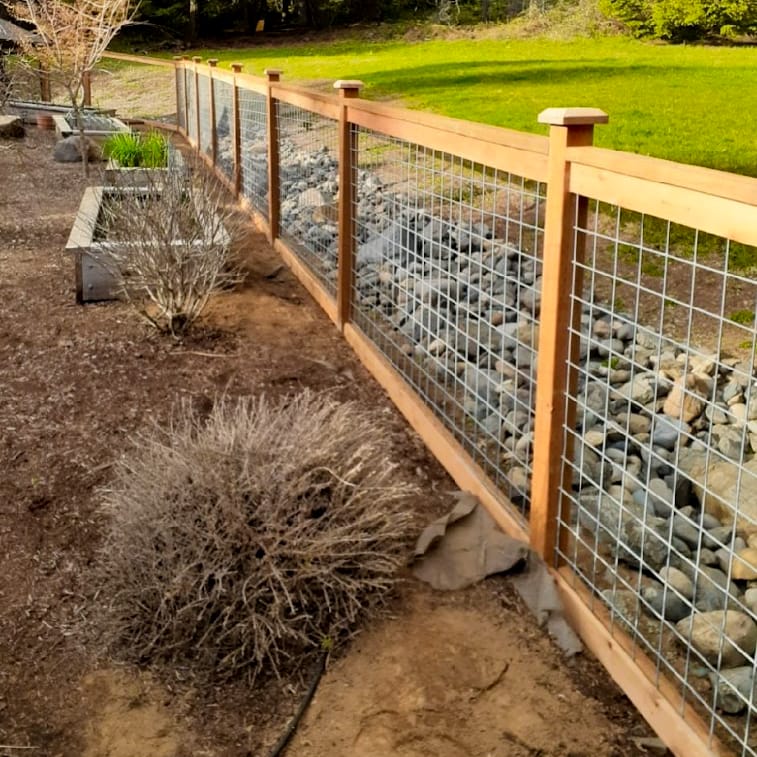All Categories
Featured

Your fence is a vital part of your residential or commercial property, offering personal privacy, aesthetic, and safety appeal. However, it is constantly subjected to the components, and with time, weather-related damage can take its toll. Whether it's the severe sunlight, strong winds, heavy rainfall, or freezing temperature levels, the weather can create damage, bending, decaying, and fading. The good news is, there are numerous methods you can carry out to safeguard your fence and lengthen its life.
- Choose the Right Product. The initial step in safeguarding your fencing from weather-related damage is to choose the best product for your climate. Some products are a lot more resistant to the elements than others.
Wood Fences: While conventional wooden fences provide a natural, attractive look, they are especially at risk to water insect, damage, and rot invasion. If you select wood, select pressure-treated lumber or wood kinds that are more resistant to dampness, such as cedar or redwood. Plastic Fences: Plastic is a low-maintenance alternative that resists fading, splitting, and warping. It's also immune to rot and pests, making it optimal for areas with high moisture or exposure to rainfall. Metal Fences: Light weight aluminum and functioned iron fences are immune and sturdy to weathering. Nevertheless, they can corrosion if subjected to moisture for prolonged periods. Select a galvanized or powder-coated metal fencing to reduce the risk of rust. Compound Fences: These are made from a mix of timber fibers and plastic, providing the best of both globes-- durability and an all-natural look. Composite fences are immune to wetness, fading, and deteriorating, making them wonderful for environments with regular rainfall or snow. 2. Apply Safety Coatings. No matter the material, using a protective finishing can aid secure your fencing from weather damages.

Wood Fences: A good-quality tarnish or sealer can assist safeguard your wood fencing from moisture, UV rays, and insects. These finishings create an obstacle that protects against water from seeping into the timber and triggering rot. You need to use a fresh layer of discolor or sealer every pair of years, relying on your climate and the level of direct exposure to rainfall and sunlight. Plastic Fences: Although plastic fencings are typically immune to weathering, they can still struggle with staining as a result of the sunlight's UV rays. You can use specialized plastic cleansers or UV protectants to keep the color and look of your fence. Metal Fencings: For steel fences, take into consideration applying a rust-resistant primer and a coat of paint designed for exterior usage. Powder layer is one more outstanding alternative for metal fences, as it develops a long lasting, weather-resistant coating that resists corrosion and corrosion. 3. Routine Cleaning and Maintenance. Keeping your fencing consistently is essential to avoiding damages from the aspects. Dust, leaves, and various other particles can develop on your fence, which can cause staining, mold, and mold with time.
Wood Fencings: Clean your wooden fencing every six months with a light cleaning agent option or a stress washing machine (on a low setup) to get rid of dirt and grime. Maintain an eye out for very early signs of rot, specifically at the base of the fence articles where dampness has a tendency to gather. Plastic Fencings: Vinyl fencings are simple to clean with soap and water. If you discover mold or mildew, make use of a combination of vinegar and water to delicately scrub the impacted areas. Prevent extreme chemicals that might damage the surface area. Steel Fences: On a regular basis clean metal fencings with a soft towel or sponge to get rid of rust-causing debris. For functioned iron fencings, think about using a rust-inhibiting product to avoid rust. 4. Correct Installment and Positioning. Proper setup of your fence can go a lengthy way in protecting it from weather-related damage. Guarantee that your fencing is safely anchored which posts are established deep enough into the ground to stop moving throughout heavy winds or tornados. Mounting bracing at key factors can give extra assistance. if your fencing is subject to heavy winds.
In addition, consider the positioning of your fencing. Plant shrubs or trees purposefully around your fencing to give some natural security from rough winds, intense sunlight, or motoring rainfall if possible. Be cautious not to plant as well close to the fencing, as origins can damage or shift messages over time.
- Address Tornado Damage Promptly. Tornados, particularly those with high winds or hail, can create prompt damage to your fence. After a tornado, examine your fencing for broken sections, leaning articles, or dropped debris. Attending to damage rapidly can prevent further problems down the line. If you see small damage, such as little fractures or loosened panels, repair them as soon as possible to avoid water from seeping in and triggering much more substantial damage.
- Winterize Your Fencing. Cold temperature levels and ice can be particularly damaging to wooden fences. To prevent this, make sure that the base of your fencing posts is raised and not sitting in pooled water.
Final thought. Weather-related damages is an inescapable component of owning a fencing, however with the appropriate preventative measures and routine maintenance, you can considerably expand the life of your fencing. Pick durable products matched for your climate, use safety coatings, tidy routinely, and make certain proper installation. With these steps, you can safeguard your fencing from the aspects and preserve its look and functionality for years to find.
Latest Posts
Unlock WyHy Federal Credit Union – Top Benefits for Your Financial Future
Published en
1 min read
Discover Premier Car Repair Services offered by Montclare Auto Repair – Drive with Confidence
Published en
1 min read
Uncover Montclare Auto Repair’s Most Popular Auto Repairs and Why Drivers Rely On Them
Published en
1 min read
More
Latest Posts
Unlock WyHy Federal Credit Union – Top Benefits for Your Financial Future
Published May 23, 25
1 min read
Discover Premier Car Repair Services offered by Montclare Auto Repair – Drive with Confidence
Published May 22, 25
1 min read
Uncover Montclare Auto Repair’s Most Popular Auto Repairs and Why Drivers Rely On Them
Published May 21, 25
1 min read